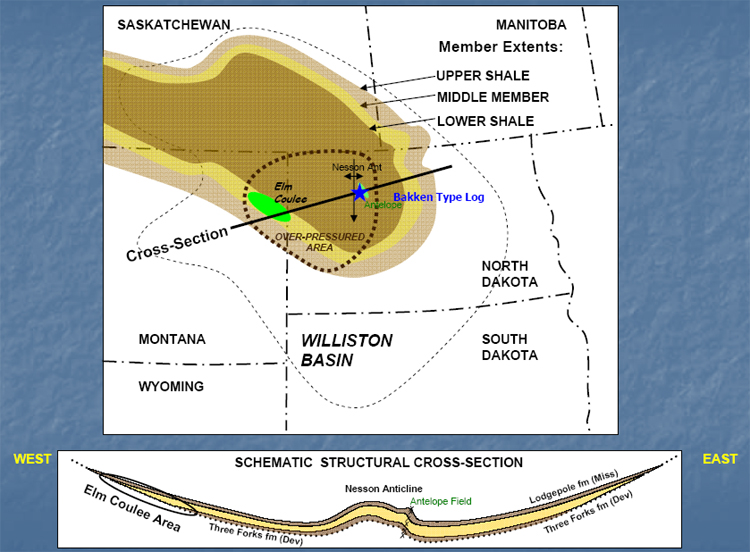
Posted on 08/27/2011 4:17:28 AM PDT by Kaslin
When it comes to energy, America is lucky to be next to Canada, whose proven oil reserves are estimated by Oil and Gas Journal at 175 billion barrels. This ranks just behind Saudi Arabia (260 billion) and Venezuela (211 billion) and ahead of Iran (137 billion) and Iraq (115 billion).
True, about 97% of Canada's reserves consist of Alberta's controversial oil sands, but new technologies and high oil prices have made them economically viable. Expanded production can provide the U.S. market with a source of secure oil for decades.
We would be crazy to turn our back on this. In a global oil market repeatedly threatened by wars, revolutions, and natural and man-made disasters — and where government-owned oil companies control development of about three-quarters of known reserves — having dependable suppliers is no mean feat.
We already import about half our oil, and Canada is our largest supplier with about 25% of imports. But its conventional fields are declining. Only oil sands can fill the gap. Will we encourage this? Do we say "yes" to oil sands? Or do we increase our exposure to unstable world oil markets?
Those are the central questions posed by the proposed $7 billion Keystone XL pipeline connecting Alberta's oil sands to U.S. refineries on the Texas Gulf coast. The pipeline requires White House approval, and environmentalists adamantly oppose it.
To be sure, there are dangers. Pipelines do crack; there are spills. Susan Casey-Lefkowitz of the Natural Resource Defense Council reminds of recent spills of about 1 million gallons into the Kalamazoo River in Michigan and about 40,000 gallons into the Yellowstone River in Montana.
(Excerpt) Read more at investors.com ...
Extracting oil from shale is fairly costly from what I’ve read.
I’d bet on oil sands being much cheaper.
In any case, I think Keystone got US government endorsement yesterday.
Well, actually, my comparison was intended to be between oil sands and coal, but oil shale might not be that far off.
I recall reading somewhere some time back an article that Shell had come up with a process for "in-situ" pre-processing. As I recall, they basically drill two wells, run a cable down each, and then impose an electric current, heating the rock, and lowering the oil's viscosity.
Once "thinned" by heat,the oil is then able to flow to a horizontally drilled production well located between the "electrode wells".
I remember an Exxon guy talking about the company's experience with early oil shale technology near Rifle, Colorado. Exxon dug up the shale, crushed it down to the size of golf balls, irradiated it to get the oil, then tried to dispose of the spent gob.
In the process, the golf balls had become tennis balls, so the piles of reject materials were 33 percent larger (and higher) than the original topography.
Nice subject for the Thursday night Sierra Club meeting, eh ?
I'm well aware of the Sasol process, and I once worked for a company who was looking to gasify coal to provide electricity and feedstock for their process plants. They had a full-size prototype plant up and running, but when the federal subsidies and oil price surge went away, they tore the whole thing down, and went back to natural gas electric power and oil-derived materials (naphtha) for feedstocks.
We talk about the energy we’ll get from the oil shales. But what about the amount of energy it’ll take to extract the oil?
You might want to take a closer look at the map of the Bakken oil sands, and note that the majority of the deposit is North of the 49th parallel, extending well into Saskatchewan, Manitoba, and even part of Alberta. That 49th parallel would be the US-Canadian border there, for those from Rio Linda.

Could be that many of our pols and bureaucrats in the Federal government are in the employ of the Saudi’s.
Disclaimer: Opinions posted on Free Republic are those of the individual posters and do not necessarily represent the opinion of Free Republic or its management. All materials posted herein are protected by copyright law and the exemption for fair use of copyrighted works.